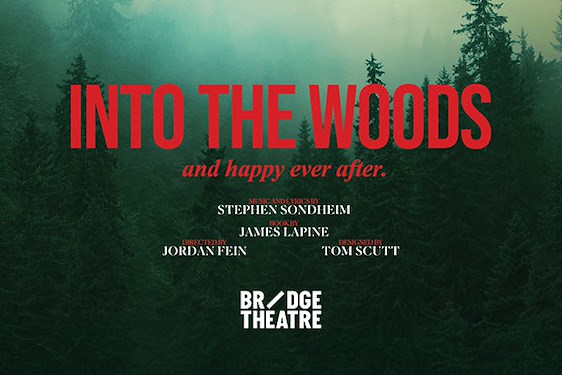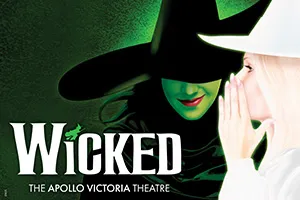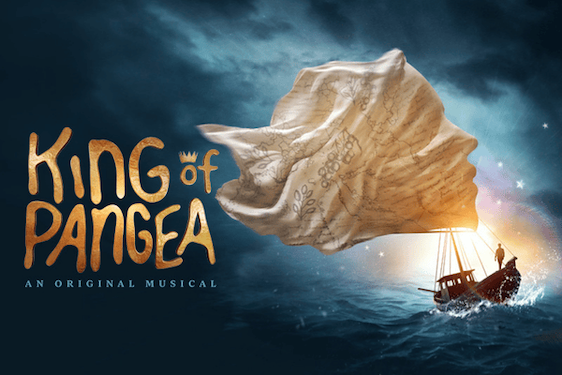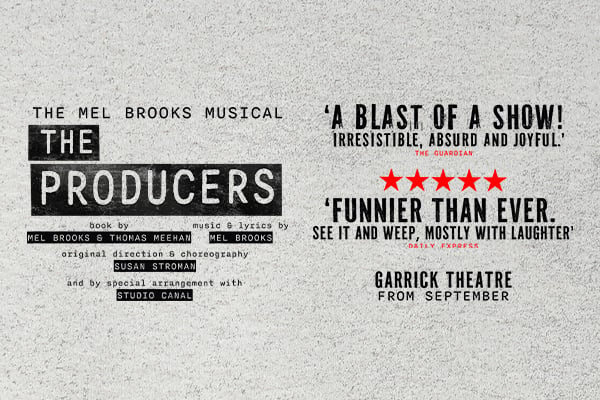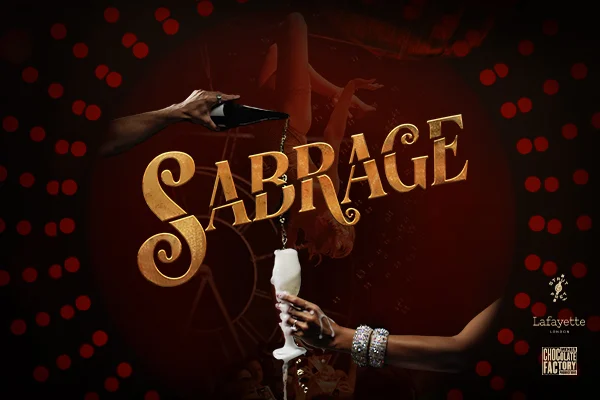Paul Shapera’s steampunk opera
The epic nature of the story and musical soundscapes are simply not matched by the performances, and this made The Dolls of New Albion, ultimately, a little disappointing.
The musical is sung-through, featuring a narrator to link together the four acts and explain more complex plot points. However, I missed at least half of the lyrics from my seat in the second row. Microphones would have helped, as would altered sound levels, but ultimately Johanna Spencer’s narrator and most of the other actors lack the voices and diction to be clearly heard. With this in mind, and the repetitive music style not helping, I was entirely lost by two-thirds of the way through and only by looking up the plot later can I be sure exactly what happened at the end of the show.
Staging the show in the round also may not have helped. The director seems to have paid scant attention to this in the blocking, with group scenes often featuring circles of awkwardly placed actors facing inwards and with singing directed at each other or the floor. The use of the stage space was often poor, and the actors frequently seemed unsure of where to look next and a little overwhelmed by the audience on all sides. A group dance number, in particular, felt uncoordinated and awkward.
That said, there were a few stand-out performances. Amy Barclay as the mad scientist Annabella could hold a tune well and, while the part was very much out of his singing range, the tragic doll Jasper managed to imbue a coldness and honesty in his eyes that made me genuinely care for his plight.
If you have come to see a new steampunk opera and that is all you expect you might well find this an engaging enough show. For me, the epic nature of the story and musical soundscapes are simply not matched by the performances, and this made The Dolls of New Albion, ultimately, a little disappointing.







